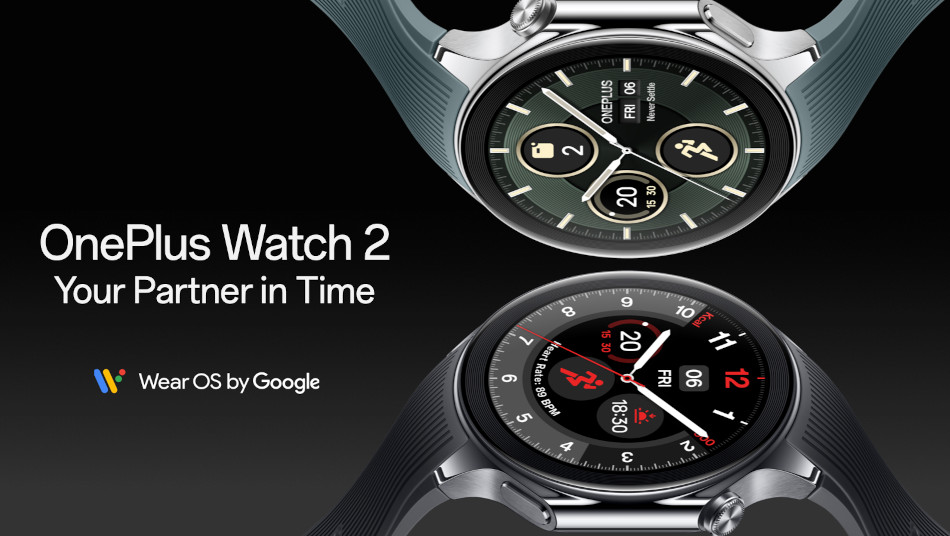
OnePlus Watch 2: The Rise of Hybrid Interface Smartwatches
Optimizing Battery Life and User Experience in the Android Smartwatch Ecosystem
NEWS Smartwatch February 27, 2024 Reading time: 2 Minute(s)
Formerly known as Android Wear, Wear OS has undergone a transformative shift propelled by innovations from industry leaders like Samsung with its Galaxy Watch lineup. However, it is Google's recent unveiling of the hybrid interface that promises to elevate Wear OS to new heights of efficiency and functionality. This advancement is exemplified by devices such as the OnePlus Watch 2, which harnesses a dual-chipset architecture to deliver unparalleled performance and battery longevity.
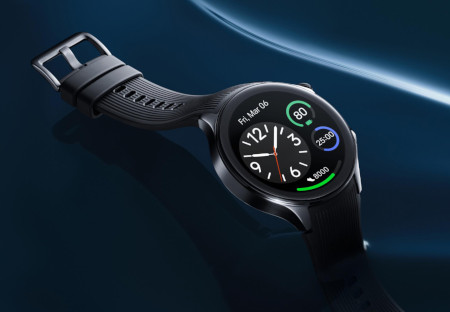 At the heart of this innovation lies the synergy between a powerful application processor (AP) and a secondary low-power microcontroller unit (MCU). This dual-chipset architecture empowers Wear OS smartwatches to intelligently distribute tasks, with the main processor handling complex operations while the co-processor assumes responsibility for routine functions. The hybrid interface facilitates seamless switching between these processors, allowing the main processor to enter a suspended state when not in use, thereby conserving precious battery life.
At the heart of this innovation lies the synergy between a powerful application processor (AP) and a secondary low-power microcontroller unit (MCU). This dual-chipset architecture empowers Wear OS smartwatches to intelligently distribute tasks, with the main processor handling complex operations while the co-processor assumes responsibility for routine functions. The hybrid interface facilitates seamless switching between these processors, allowing the main processor to enter a suspended state when not in use, thereby conserving precious battery life.
One of the key advantages of the hybrid interface is its ability to offload tasks traditionally handled by the main processor to the co-processor without compromising functionality. OnePlus leverages this capability by utilizing APIs to delegate the processing of notifications, phone calls, and even fitness tracking functions to the co-processor, all while maintaining features like quick replies and app updates. Moreover, watch faces designed through Wear OS 4's Watch Face Format can be optimized for efficiency by leveraging the co-processor.

The integration of the hybrid interface not only enhances battery efficiency but also streamlines the development process for app developers. By adhering to recommended practices, developers can leverage the capabilities of the co-processor without significant deviations from standard procedures. This ensures a consistent user experience across a wide range of applications, further solidifying the appeal of Wear OS smartwatches in the competitive market landscape.
Looking ahead, the introduction of the hybrid interface sets the stage for continued innovation in the Android smartwatch ecosystem. While the OnePlus Watch 2 showcases the potential for extended battery life in a robust form factor, future iterations promise to deliver even sleeker designs with all-day battery performance. With manufacturers and developers embracing this paradigm shift, users can expect a seamless and immersive smartwatch experience that redefines the possibilities of wearable technology.
IMAGES CREDITS: ONEPLUS / GOOGLE
Wear OS Android smartwatch Hybrid Interface Battery Efficiency OnePlus Watch 2 Google Samsung Galaxy Watch Smartwatch Technology Tech News RSMax
*Our pages may contain affiliate links. If you buy something via one of our affiliate links, Review Space may earn a commission. Thanks for your support!
CATEGORIES





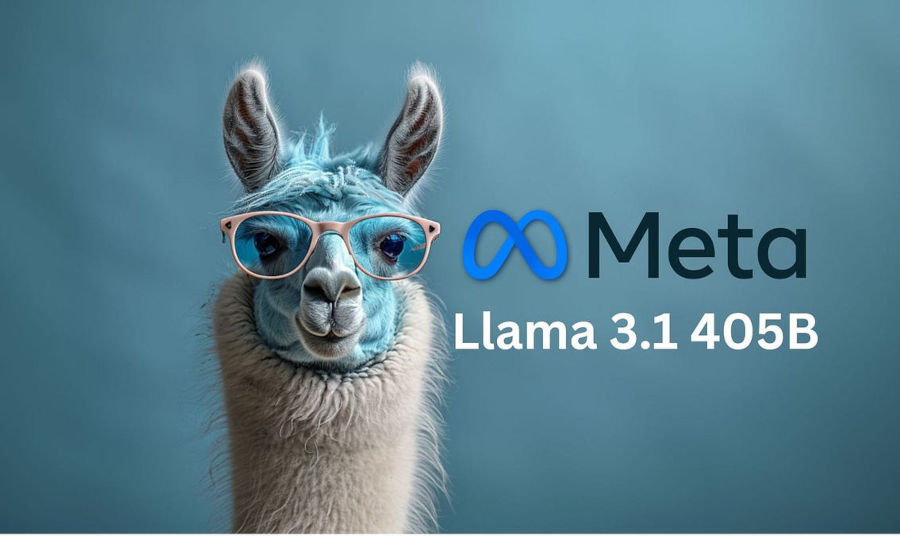
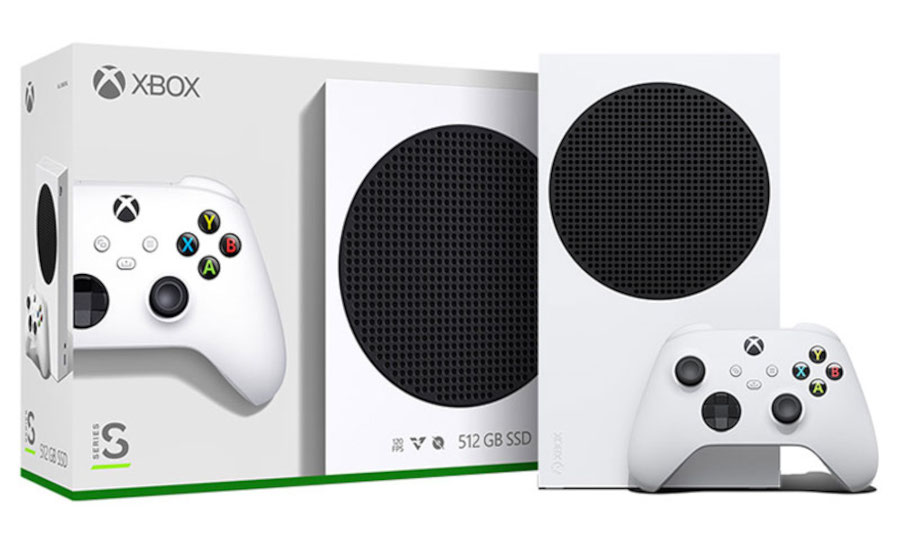




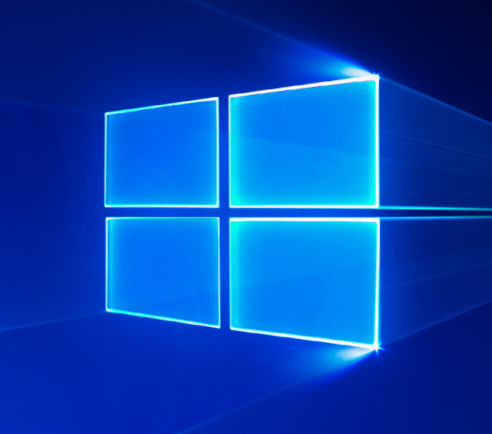







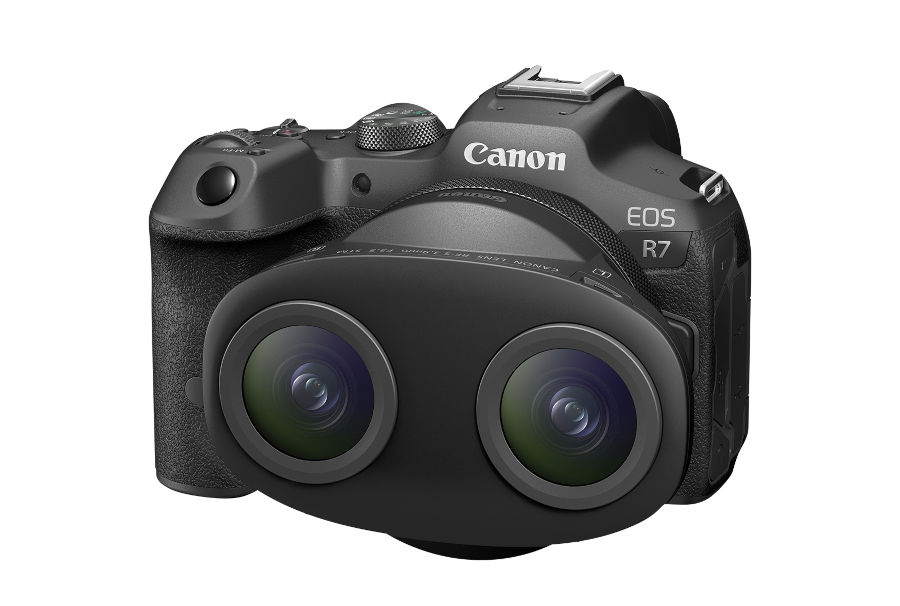
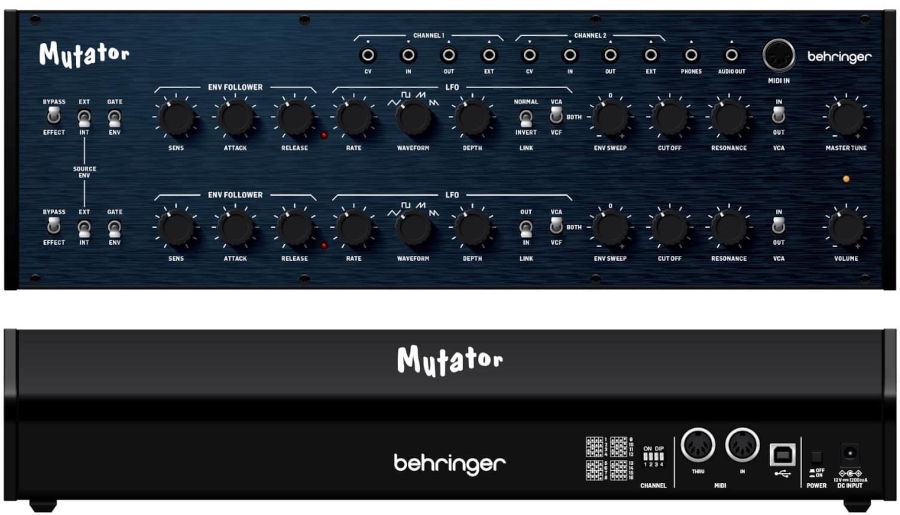




COMMENTS